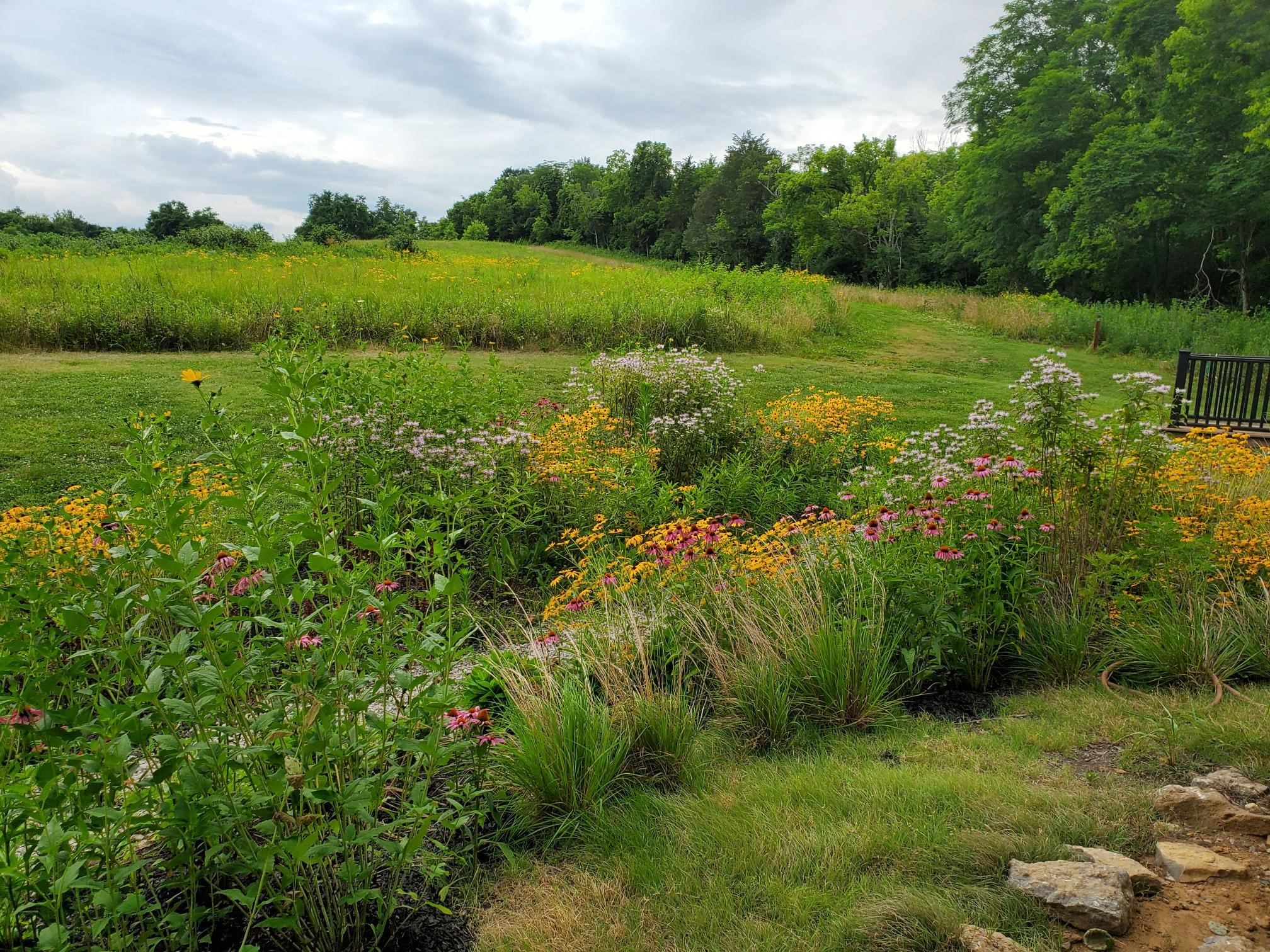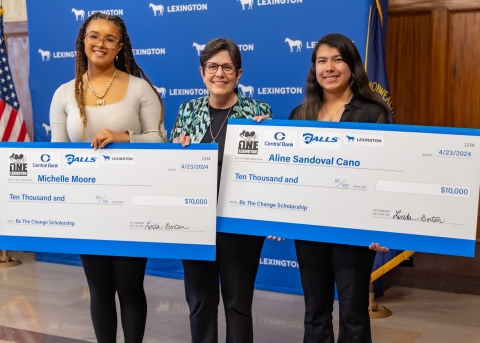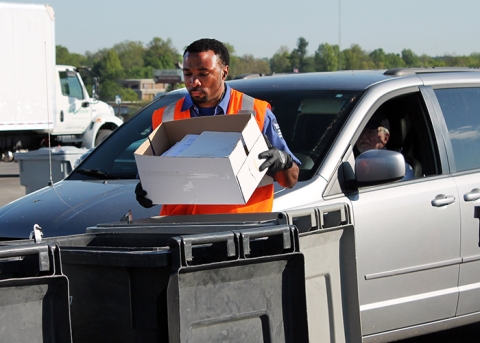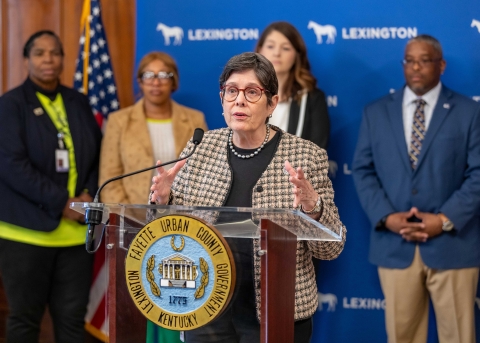
We’re taking a break from our regularly-scheduled program to answer some of your burning Bring Back the Bluegrass questions! What would you like to know about the BBBG program? Send us an email at bluegrassblog@lexingtonky.gov to give us ideas for our next FAQs!
Why are there so many weeds?
If we’re used to the artificial landscape of turf grass, a naturalized area can look a little out of control! Nature treats a mowed lawn like an ecological void that it works to “fix” as soon as you turn off the lawn mower. This means it’s pretty much a constant battle of gasoline-powered equipment and chemicals to keep weeds at bay in an outdoor space. If we remove or scale back those management efforts, the lawn disappears quickly into a more natural landscape.
Especially during the in-between stage, as the land starts to revert to its natural state, things can seem a bit weedy and overgrown. It's important to remember that what are “weeds” if they were to appear in a lawn are actually the beginnings of a healthy natural habitat.
Will this attract rodents?
Most rodents or small rodent-like mammals (like shrews, voles, and moles) are not interested in interacting with humans. The species most likely to make a visit to your house are the white-footed and deer mouse. Currently, we don’t have any evidence to make us believe that proximity to a Bring Back the Bluegrass site will bring any extra mice into your house. Most people in Lexington’s neighborhoods have a mowed lawn, and this is a huge obstacle for mice. Rodents in general are prey animals and prefer to stay under cover, not run across a large open area. If you have brush or piled vegetation against the outside of your home, this can be a good spot for mice to seek shelter and eventually make their way inside. Keeping the area right around your house clear is a great way to reduce rodent presence.
Will the wind blow weed seeds into my yard?
Possibly. Coexisting with natural spaces comes with some give and take on both sides. Common "weeds"—such as dandelions, violets and clover—may be more common during the first few years of a Bring Back the Bluegrass site. It's certainly possible they could end up in neighboring lawns. However as the BBBG site ages and develops, the plant species will change. Prairies and meadows will one day consist of tall, warm-season grasses like switchgrass, and bluestem and flowers like black-eyed susan and coreopsis. None of these plants are likely to thrive or even be noticed in a mowed lawn.



